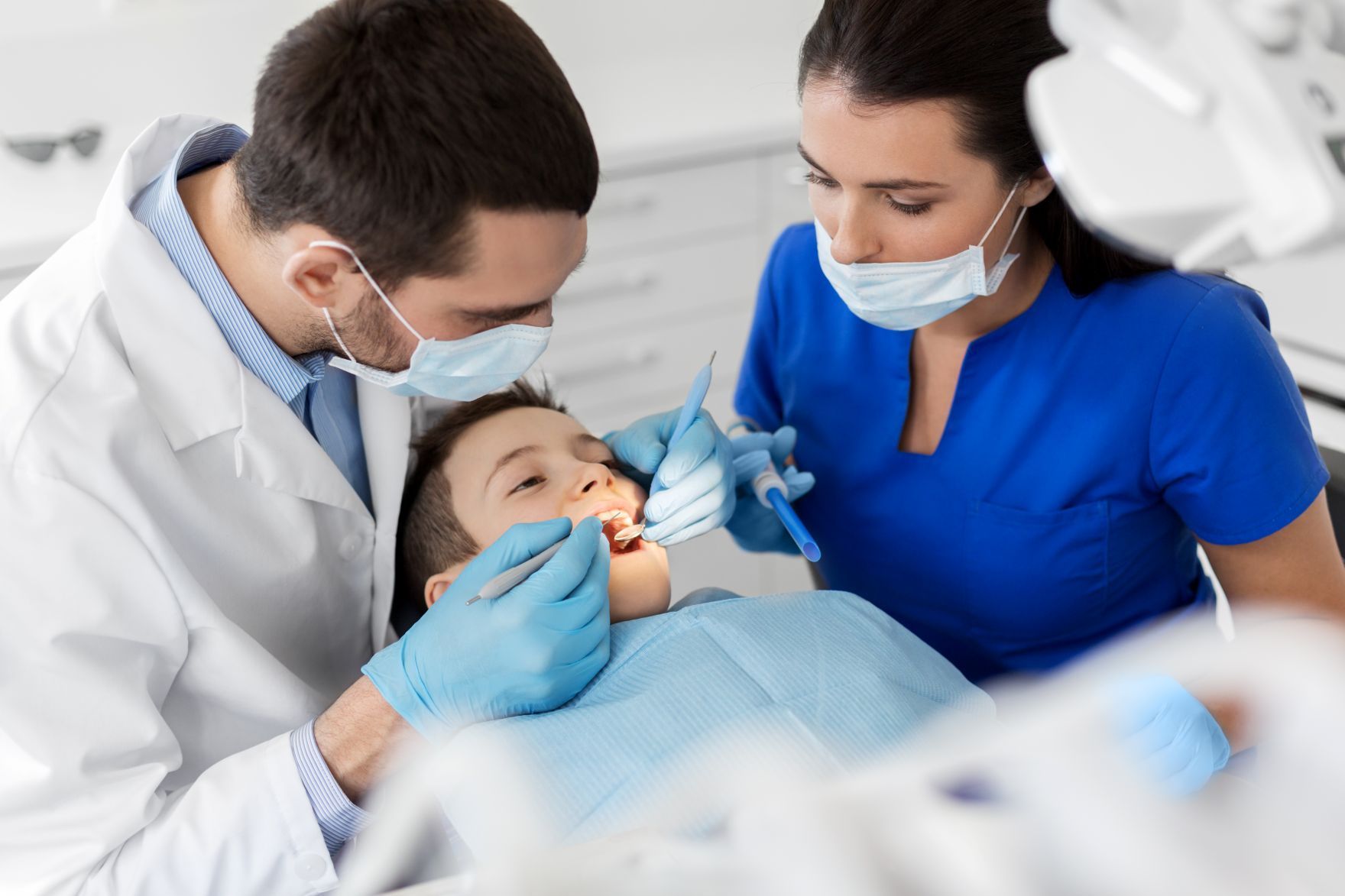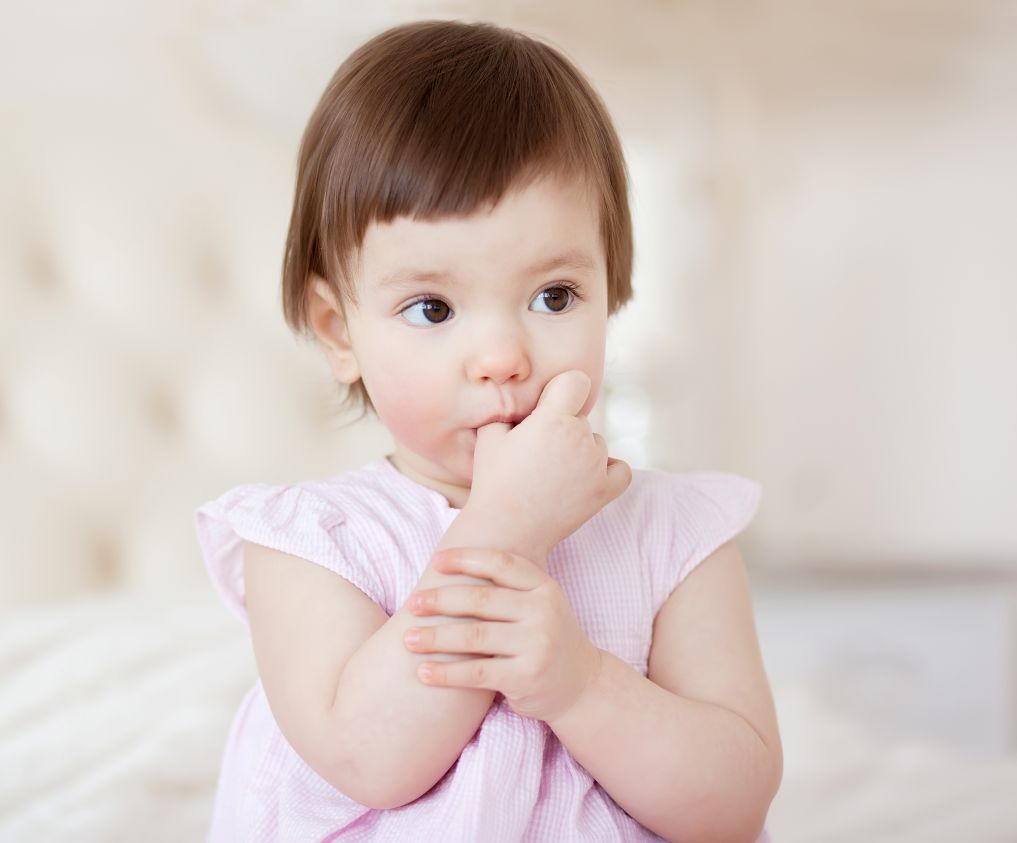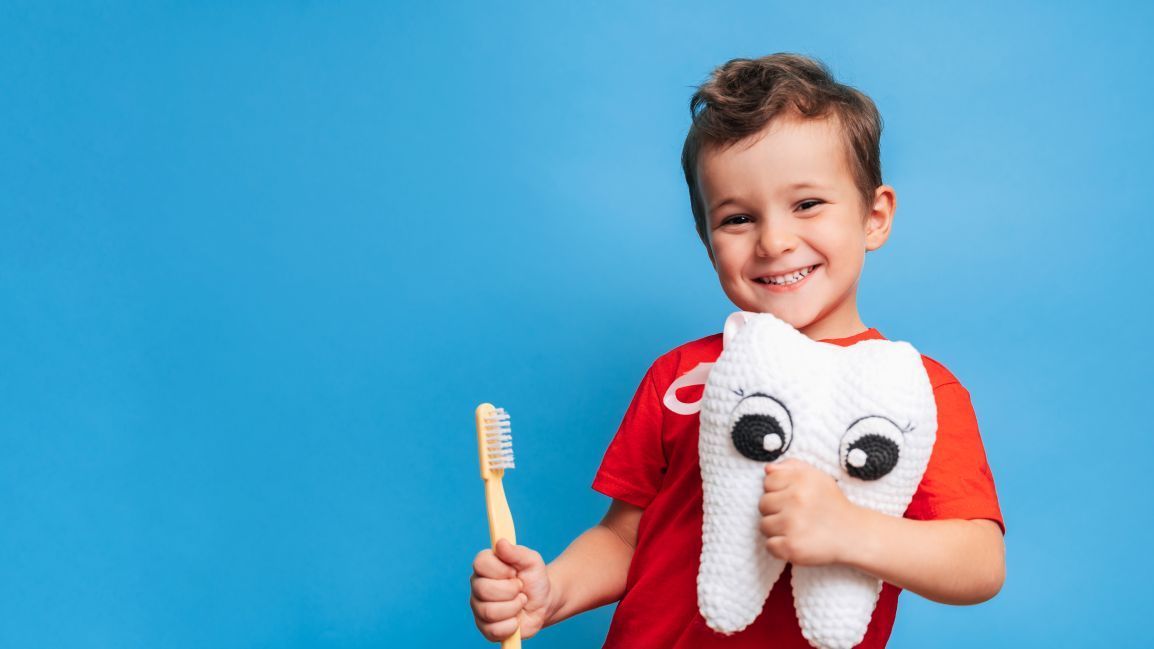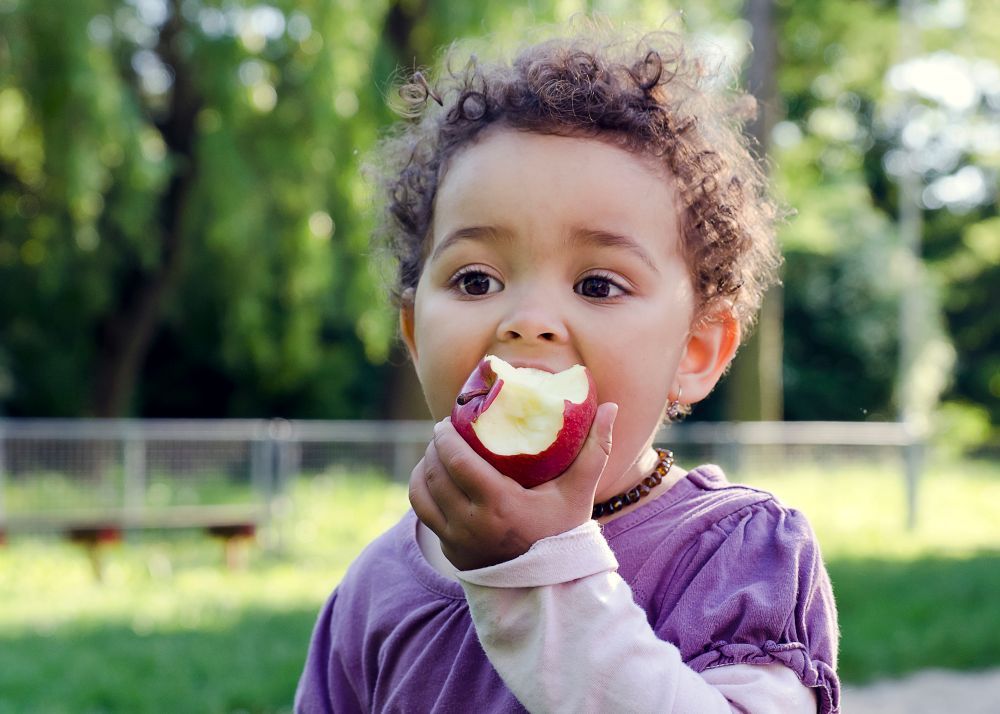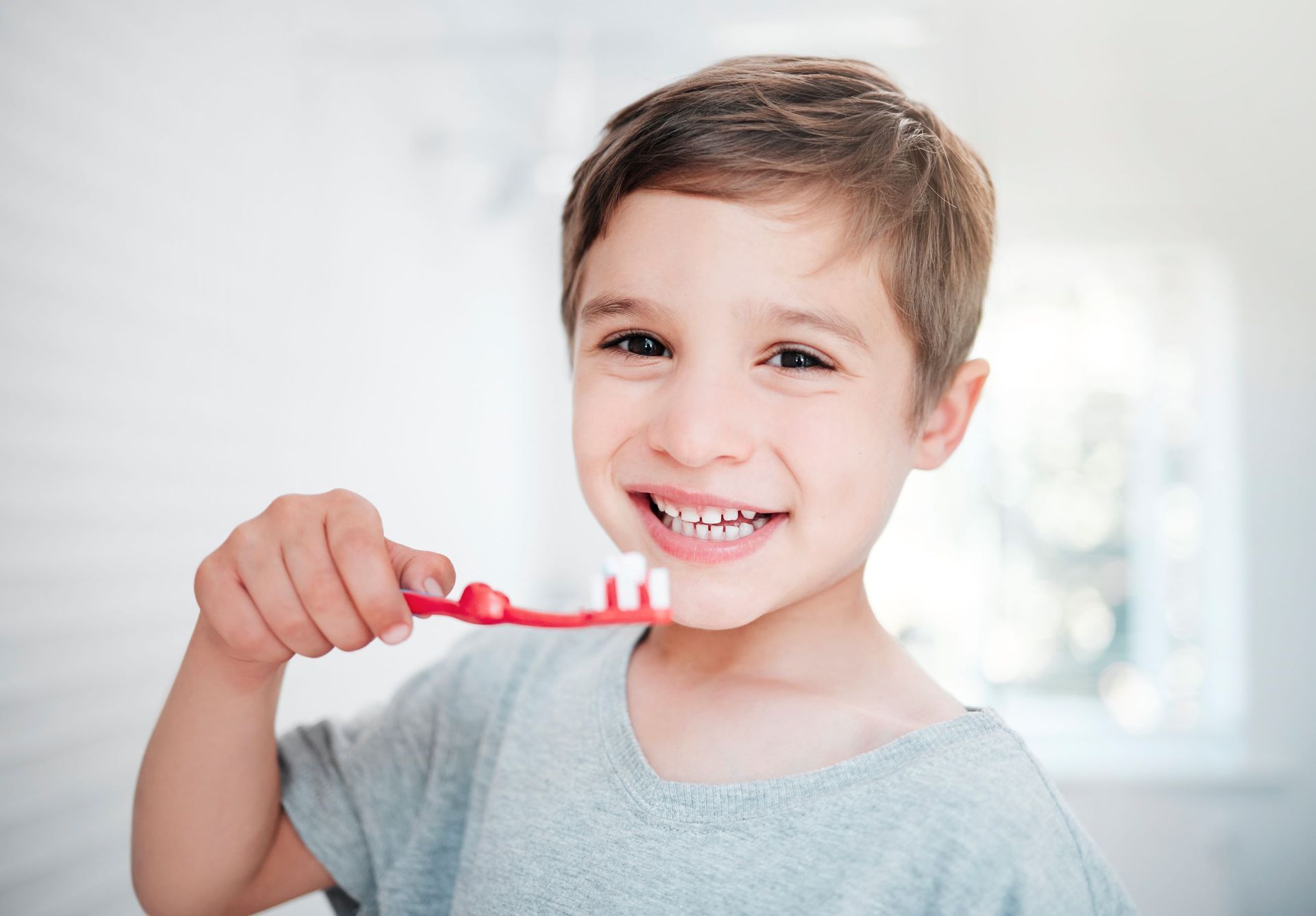Baby Teeth: A Guide to Eruption and Loss in Kids

Understanding Baby Teeth: From First Tooth to Tooth Fairy Visits
At our pediatric dental practice, we understand that your child's dental health is a key part of their overall well-being. Watching your child’s smile develop is an exciting journey, and understanding the process of baby teeth eruption and loss is crucial for parents. To understand why these first teeth are so important, you can also read our blog on why baby teeth matter. Here's a guide to help you navigate this important stage in your child’s life.
Teeth Eruption and Loss Timeline
- 6-10 Months: Your baby’s first tooth typically appears between 6 to 10 months. This is usually one of the lower central incisors. It's essential to start oral hygiene practices even before the first tooth comes in. Gently clean your baby’s gums with a damp cloth to prepare for good dental habits.
- 8-12 Months: Following the bottom incisors, the upper central incisors make their debut. This is around the time your baby might experience teething symptoms like irritability and drooling. A cold teething ring can provide relief.
- 9-13 Months: Next in line are the upper lateral incisors, broadening your baby's adorable smile. Continue to maintain cleaning routines and introduce a soft-bristled toothbrush once more teeth appear.
- 10-16 Months: Shortly after the upper laterals, the lower lateral incisors will emerge. Your child is likely getting used to the routine of brushing, so ensure you're using a fluoride-free toothpaste.
- 13-19 Months: The back teeth or first molars break through next. These teeth are bigger and can cause more discomfort. Some children may even start grinding their teeth during this stage as they adjust to new sensations in the mouth. Ensure a balanced diet to keep these teeth healthy and strong.
- 16-22 Months: The pointier canines, or cuspids, come next. These contribute to the overall strength of the mouth’s structure and help in chewing food effectively.
- 23-31 Months: Finally, the second molars appear. By the time your child turns 2 to 3 years old, they should have a full set of 20 primary teeth.
- 6-7 Years: The process of losing baby teeth usually begins around the age of 6. Typically, the central incisors are the first to go, making room for permanent teeth. This process of losing and gaining teeth continues until about age 12.
Precautionary Measures
- Regular dental check-ups are crucial to monitor your child's oral health and ensure teeth are falling out as expected.
- Teach your child proper brushing techniques and the importance of flossing to maintain their new adult teeth.
- Limit sugary snacks and encourage a balanced diet to prevent cavities and other dental issues.
When to Visit a Dentist
- Delayed Eruption: Consult our pediatric dentist if your child's teeth are not showing signs of eruption beyond the expected timelines.
- Early or Late Loss: If your child starts losing teeth much earlier or later than the usual timeframe, it might be worth checking in with us.
In conclusion, understanding the eruption and loss of baby teeth is essential for ensuring your child's healthy dental development. Regular visits to our pediatric dental practice can provide the care and assurance you need throughout this journey.
Feel free to
contact us for any concerns or to schedule your child's next appointment.


